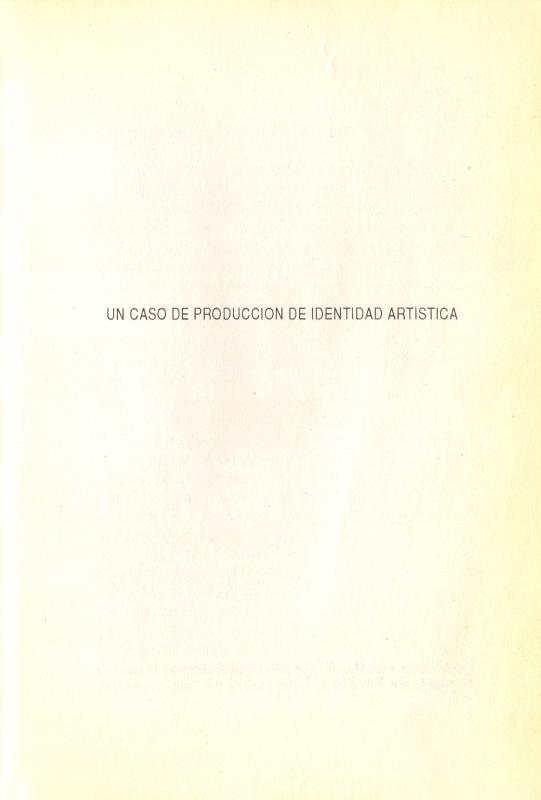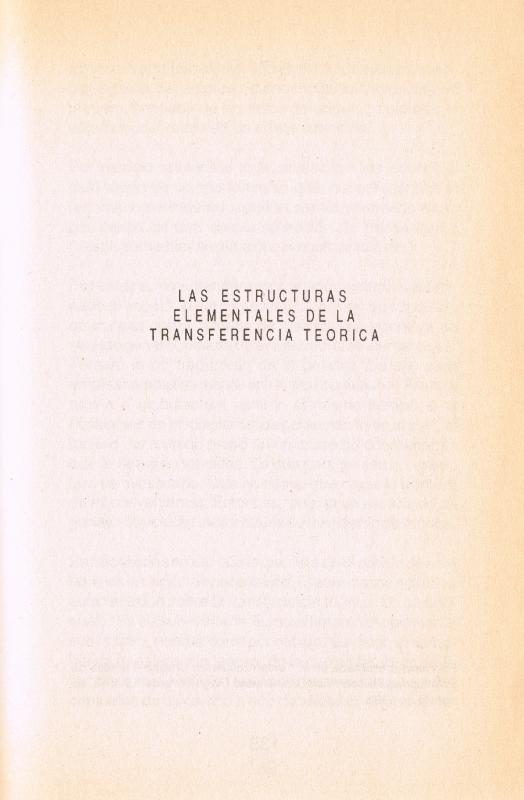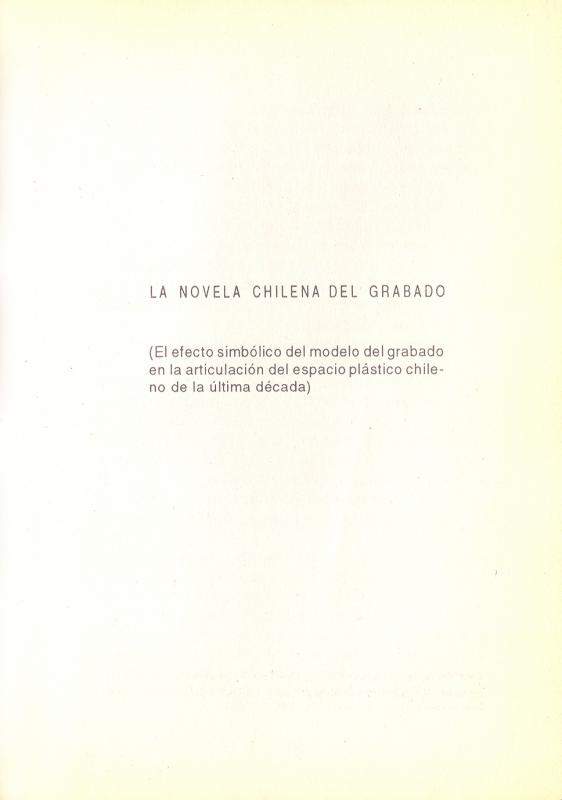In his essay “Pequeña novela del grabado chileno” (1992) the critic and curator Justo Pastor Mellado (b. 1949) refers to several works of art to explain some of the hypotheses he outlined in his book La novela chilena del grabado [The Chilean Novel About Printing] (1995). This essay was included in the book, having been written to accompany Chile’s submission to the X Mostra da Gravura in 1992 at the Museu da Gravura de Curitiba (Brazil). The museum, which was founded in 1989, is devoted exclusively to printed works, and has a collection numbering over five thousand pieces by Brazilian and foreign artists.
“La novela chilena del grabado” suggests that Chilean art history should be viewed through a prism of printing in order to foster a body of criticism of the pictorial work that defines Chilean modernity. Mellado refers to various concepts in support of his suggestion, including the idea of “transference,” meaning connections or tendencies that facilitate the transfer of concepts from one field of knowledge to another. He mentions two main instances in Chile when a transference of artistic information took place. The first of these involved José Balmes (1927–2016), who reorganized the visual arts in the 1960s. The second involved the work of Eugenio Dittborn (b. 1943), who, in the late 1970s, developed the “Dittborn System” that was based on an “acceleration of information and a deferred conceptual soundness.” According to Mellado, painters during the republican period (who laid the foundations of Chilean painting) sought to illustrate historical discourse; modern painters, on the other hand, preferred a sort of “non-illustration.” [See other chapters from Pastor Mellado’s book in the ICAA Digital Archive: “Un caso de producción de identidad artística” (doc. no. 736039); “Las estructuras elementales de la transferencia teórica” (doc. no. 736043); and “La novela chilena del grabado” (doc. no. 736035).]
Mellado lists nine artists from different generations who worked in diverse fields. The first of these is Eugenio Dittborn, an important figure in terms of the analytical structure Mellado proposes. The list also includes Pedro Millar (1930–2014) and Eduardo Vilches (b. 1932), who were associated with Taller 99 and with teaching the art of printing at the Escuela de Arte de la Pontificia Universidad Católica de Chile. Gonzalo Díaz (b. 1947), a painter who studied at the Universidad de Chile and was a member of what was known as the Escena de Avanzada; Virginia Errázuriz (b. 1941) was a member of the TAV (Taller de Artes Visuales); Arturo Duclos (b. 1959), who studied under Vilches at the Escuela de Arte; José Fernández (b. 1960), an artist who graduated from the Universidad de Concepción and who belongs to a different scene; and Nury González (b. 1960), an artist who studied printing at the Universidad de Chile. Their academic background is something these artists all have in common.



